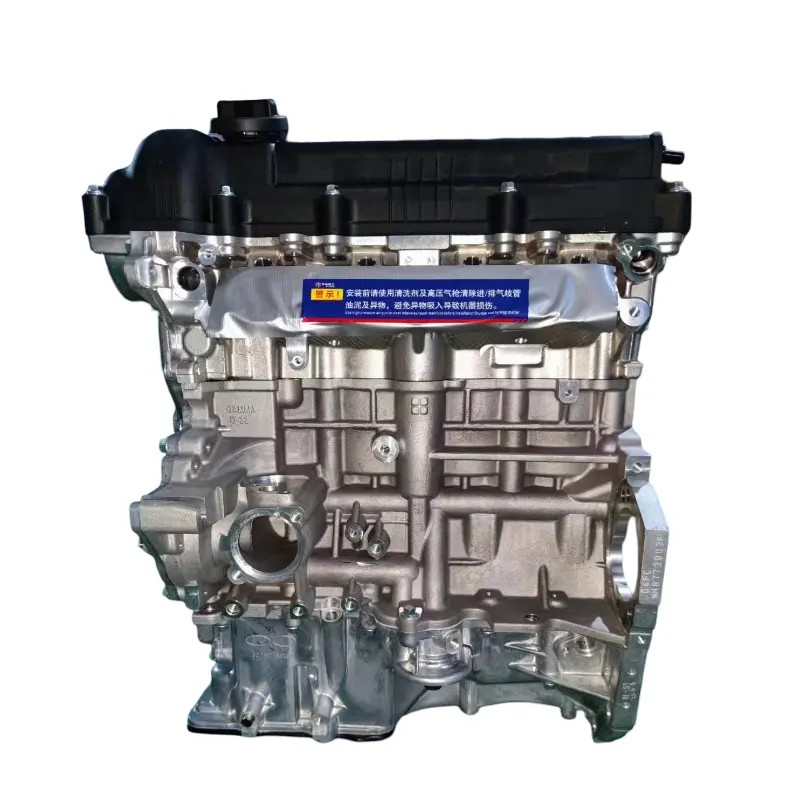 English
English Esperanto
Esperanto  Afrikaans
Afrikaans  Català
Català  שפה עברית
שפה עברית  Cymraeg
Cymraeg  Galego
Galego  Latviešu
Latviešu  icelandic
icelandic  ייִדיש
ייִדיש  беларускі
беларускі  Hrvatski
Hrvatski  Kreyòl ayisyen
Kreyòl ayisyen  Shqiptar
Shqiptar  Malti
Malti  lugha ya Kiswahili
lugha ya Kiswahili  አማርኛ
አማርኛ  Bosanski
Bosanski  Frysk
Frysk  ភាសាខ្មែរ
ភាសាខ្មែរ  ქართული
ქართული  ગુજરાતી
ગુજરાતી  Hausa
Hausa  Кыргыз тили
Кыргыз тили  ಕನ್ನಡ
ಕನ್ನಡ  Corsa
Corsa  Kurdî
Kurdî  മലയാളം
മലയാളം  Maori
Maori  Монгол хэл
Монгол хэл  Hmong
Hmong  IsiXhosa
IsiXhosa  Zulu
Zulu  Punjabi
Punjabi  پښتو
پښتو  Chichewa
Chichewa  Samoa
Samoa  Sesotho
Sesotho  සිංහල
සිංහල  Gàidhlig
Gàidhlig  Cebuano
Cebuano  Somali
Somali  Тоҷикӣ
Тоҷикӣ  O'zbek
O'zbek  Hawaiian
Hawaiian  سنڌي
سنڌي  Shinra
Shinra  Հայերեն
Հայերեն  Igbo
Igbo  Sundanese
Sundanese  Lëtzebuergesch
Lëtzebuergesch  Malagasy
Malagasy  Yoruba
Yoruba  অসমীয়া
অসমীয়া  ଓଡିଆ
ଓଡିଆ  Español
Español  Português
Português  русский
русский  Français
Français  日本語
日本語  Deutsch
Deutsch  tiếng Việt
tiếng Việt  Italiano
Italiano  Nederlands
Nederlands  ภาษาไทย
ภาษาไทย  Polski
Polski  한국어
한국어  Svenska
Svenska  magyar
magyar  Malay
Malay  বাংলা ভাষার
বাংলা ভাষার  Dansk
Dansk  Suomi
Suomi  हिन्दी
हिन्दी  Pilipino
Pilipino  Türkçe
Türkçe  Gaeilge
Gaeilge  العربية
العربية  Indonesia
Indonesia  Norsk
Norsk  تمل
تمل  český
český  ελληνικά
ελληνικά  український
український  Javanese
Javanese  فارسی
فارسی  தமிழ்
தமிழ்  తెలుగు
తెలుగు  नेपाली
नेपाली  Burmese
Burmese  български
български  ລາວ
ລາວ  Latine
Latine  Қазақша
Қазақша  Euskal
Euskal  Azərbaycan
Azərbaycan  Slovenský jazyk
Slovenský jazyk  Македонски
Македонски  Lietuvos
Lietuvos  Eesti Keel
Eesti Keel  Română
Română  Slovenski
Slovenski  मराठी
मराठी  Srpski језик
Srpski језик
Roots Blower
Do Roots blowers compress air?
Roots blowers compress air. Its operating principle is based on the synchronous rotation of two impellers. As the impellers rotate, the volume between the impellers and between the impellers and the casing changes periodically. At the air inlet, gas is sucked in due to the increase in volume; at the exhaust port, gas is compressed and discharged due to the decrease in volume. Roots blowers are positive displacement blowers that compress and convey gas by the rotation of the rotor.
Despite the many advantages of Roots blowers, they are not without limitations. One of the main advantages of Roots blowers is its ability to operate at high pressure differentials, making it ideal for use in pneumatic conveying systems. These systems use air to transport large quantities of materials such as cement, flour, and chemicals. Roots blowers can provide the high airflow and pressure required for efficient material handling.
Another common application for Roots blowers is wastewater treatment plants. The blowers are used to aerate the wastewater, allowing bacteria to break down organic matter and reduce the total biochemical oxygen demand (BOD) of the wastewater. The high airflow and pressure of a Roots blower ensures maximum aeration and oxygen transfer efficiency, resulting in more effective wastewater treatment.
The Roots blower is a simple yet versatile machine that has revolutionized the way materials are transported across a wide range of industries. Its affordable price, durability, and high-pressure capabilities make it a popular choice for many applications, and its design can be modified to increase its versatility and efficiency. While it does have some limitations, the Roots blower remains a valuable tool for a wide range of industrial applications.
- View as
Aquaculture Industrial Air Roots Blower
China Aquaculture Industrial Air Roots Blower is a fan designed specifically for the aquaculture industry. It usually adopts a progressive propeller structure design to produce high-lift and atmospheric air flow.
Read MoreSend Inquiry3 Lobe Roots Blower
China 3 Lobe Roots Blower is a blower that works on the Roots principle. It works by pushing the flow of gas through two rotating three-blade eccentrics, causing the gas to be compressed and diffused in the cavity, thereby outputting high-pressure, high-flow air.
Read MoreSend Inquiry









